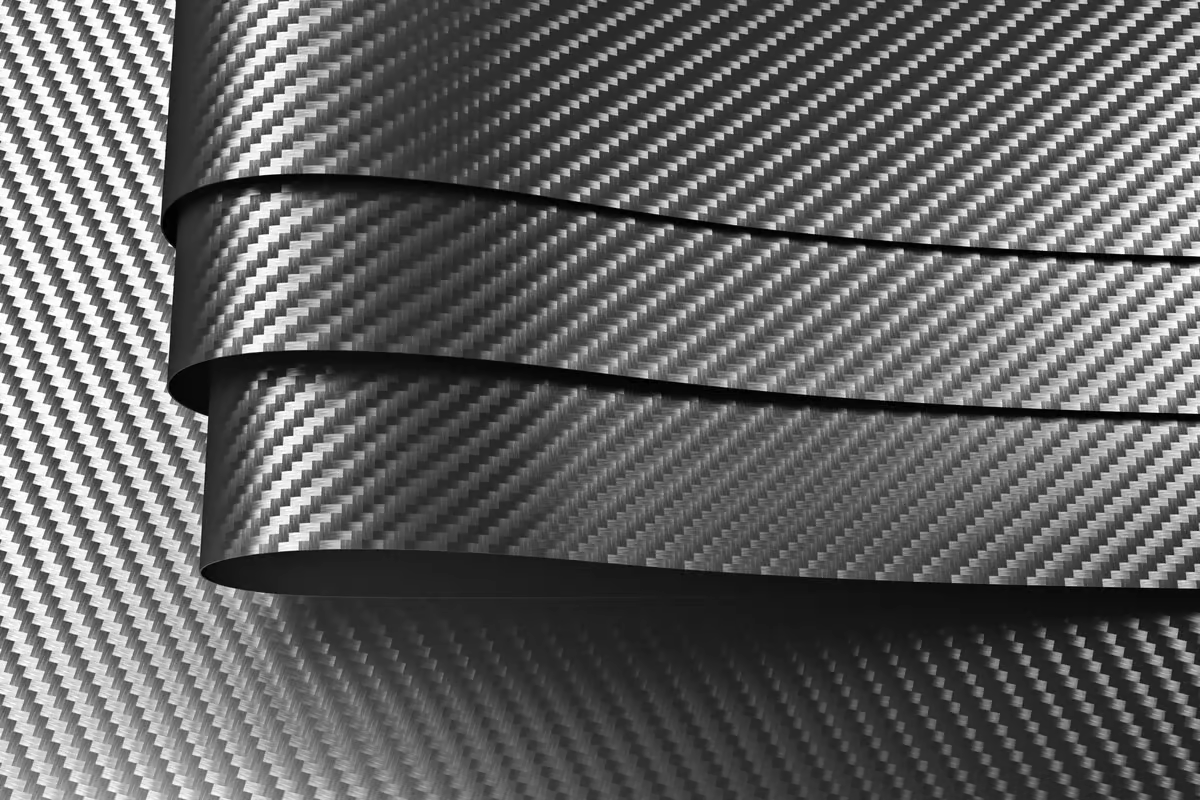Carbon fibres are widely used in modern industrial applications as they are high-strength, light in weight and more reliable than other materials. Significant waste has been produced as a result of the increased use of carbon fibres. The fact that valuable carbon fibre waste ends up in landfills has made a global problem. Researchers have taken a few steps towards recycling carbon fibre trash; however, it is anticipated that the recycled material’s qualities would be inferior to those of virgin carbon fibre. The overall characteristics of waste carbon fibre that has been recycled may be improved by adding polymers, nanoparticles, and other hybrid materials.
Sustainable recycling of intact carbon fibres from end-of-service-life composites is an important challenge in the field of composite materials and sustainability. Aerospace, automotive, and wind energy are just a few of the industries that frequently utilise carbon fibre-reinforced composites because of their exceptional strength-to-weight ratios. Even so, at the end of their service life, these composites often end up as waste, and the recycling of intact carbon fibres from these materials can help reduce environmental impact and save resources.
Carbon fibre is considered sustainable in certain applications for several reasons:
- Lightweight Material: Because carbon fibre is so strong and light, it may help save energy in the automobile and aerospace sectors. Less weight can lead to decreased pollutants and fuel use.
- Durability: Carbon fibre has become known for being strong and resistant to corrosion, which lessens the need for regular maintenance and replacements.
- Energy Efficiency: Carbon fibre can consume a lot of energy during manufacture, but throughout the course of the product’s lifespan, especially in applications like energy-efficient automobiles, its low weight can balance this energy usage.
- Recycling: Carbon fibre is more ecologically beneficial when it is recycled and used for other purposes. Recycling minimises waste and lessens the demand for new manufacturing.
- Extended Product Lifespan: By requiring fewer replacements over time, carbon fibre components can have an extended lifespan that lessens their total environmental effect.
In order to recycle intact carbon fibres in a sustainable manner, keep the following criteria in mind:
Gathering and Sorting: The first step in recycling intact carbon fibres is the gathering and sorting of end-of-service-life composite materials. Because composite materials might have several layers and materials, this can be a complicated procedure. It is important to keep layers reinforced with carbon fibre distinct from other materials.
Mechanical Recycling: One of the main techniques for obtaining carbon fibres that are still intact is mechanical recycling. The carbon fibres in the composite materials are extracted from the resin matrix via mechanical processing in this method. A variety of methods, including crushing, grinding, and milling, can be employed to dissolve the composite components.
Solvent-Based Recycling: In solvent-based recycling, the resin matrix is dissolved or reduced using chemical solvents, which facilitates the separation of intact carbon fibres. Although handling chemicals with caution is necessary, this procedure may be more effective in maintaining the quality of the fibres.
Pyrolysis: Pyrolysis is a type of thermal degradation in which composite materials are heated without the presence of oxygen in order to liberate intact carbon fibres and break down the resin. High-quality fibres can be recovered using this approach, although certain tools and procedures are needed.
Fibre Alignment and Post-Processing: It’s critical to align and treat the recovered undamaged carbon fibres in order to get rid of any last coatings or contaminants. This process guarantees that the fibres are of the highest calibre and suitable for reusing.
Reusing and recycling: Recycled carbon fibres may be utilised in a variety of processes, including the creation of new composite materials, reinforced polymers, and even non-structural uses like athletic goods. By extending their lifespan, reusing the fibres lowers the need for producing new carbon fibres.
Research in this field attempts to make the process more effective and ecologically beneficial. Efforts to create sustainable recycling technologies for intact carbon fibres are still ongoing. It is anticipated that the recycling of intact carbon fibres from end-of-service-life composites will become increasingly common and financially feasible as the need for sustainable materials and practices grows.
What can recycled carbon fibre be used for: Recycled carbon fiber, obtained from the recycling of carbon fiber-reinforced composites, can be used in various applications. Even while recycled carbon fibre’s mechanical qualities might not always be the same as those of virgin (new) carbon fibre, it still has a number of beneficial qualities that make it appropriate for a variety of uses. Here are some common uses for recycled carbon fibre:
New Composite Substances: The creation of new composite materials is one of the most popular uses for recycled carbon fibre. The construction, automotive, marine, and aerospace sectors may all make use of these materials.
New resin matrices mixed with recycled carbon fibre can produce composites that have an excellent strength-to-weight ratio.
Enhanced Polymers: Plastics are frequently reinforced with recycled carbon fibres, producing products with improved mechanical qualities.
These reinforced polymers may be found in a wide range of items, including consumer electronics, sporting goods, and vehicle parts.
Winding a Filament: A manufacturing technique called filament winding is used to make cylindrical objects like pipes and pressure vessels. Recycled carbon fibre can be employed as reinforcement in filament winding processes.
Automotive Parts: Automotive components including interior panels, trimmings, and non-structural pieces can be made lighter and more fuel-efficient by using recycled carbon fibre.
3D production: It is possible to add recycled carbon fibres to 3D printing filament to give printed products more strength and rigidity.
Recycled carbon fibre’s exact uses might differ based on the final product’s specifications and the quality of the recycled fibre. Recycled carbon fibre frequently provides an economical and environmentally friendly substitute for virgin carbon fibre, promoting resource efficiency and environmental preservation.
- About the Author
- Latest Posts
A passionate advocate for all natural and sustainable ideas. With a background in sustainable economics science and a deep love for nature, Sojy has dedicated his career to promoting eco-friendly practices and encouraging others to live a more sustainable lifestyle. He is an avid hiker, gardener, and cook, and loves experimenting with natural ingredients in his recipes and lifestyle routines. Sojy believes that small changes can make a big impact and is constantly seeking out new ways to reduce his carbon footprint and inspire others to do the same




